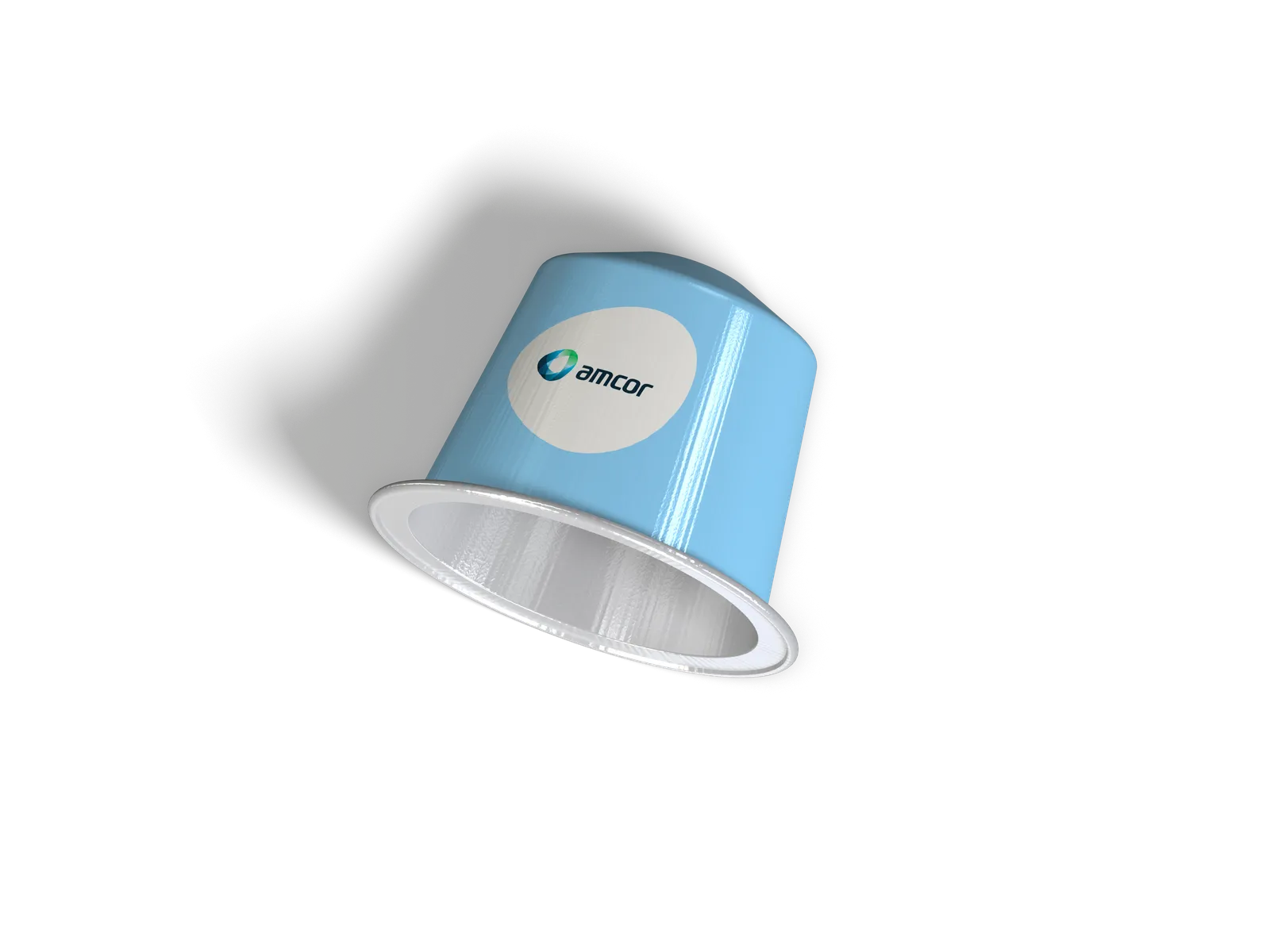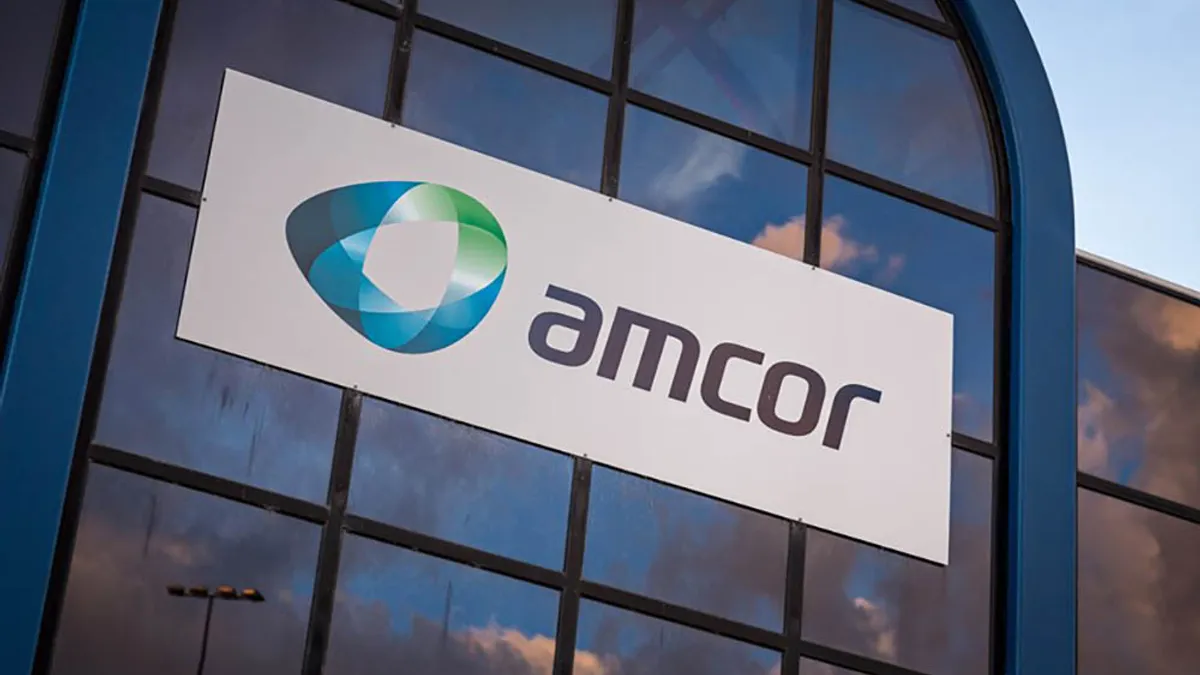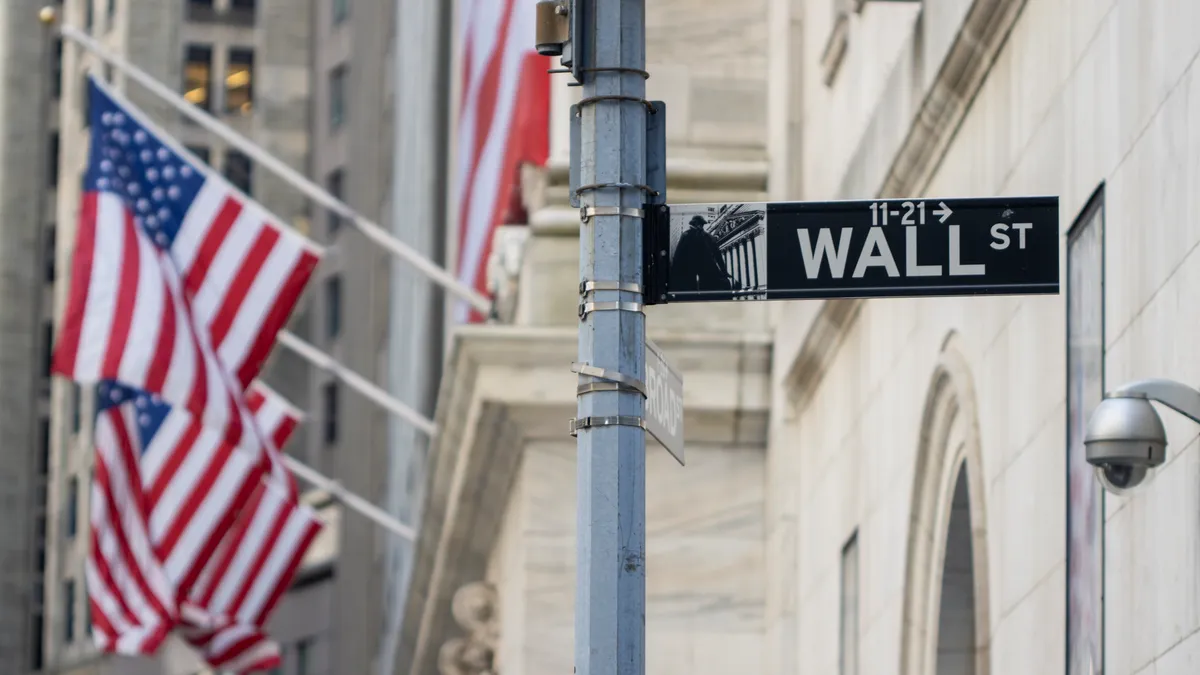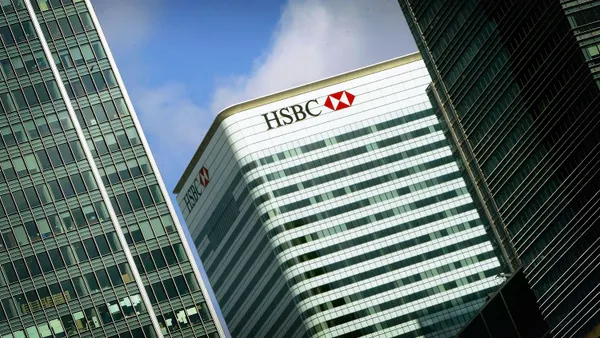As global packaging giant Amcor pursues 2033 emissions reduction targets, the company has released a decarbonization road map it says will help to lower its greenhouse emissions by focusing on key areas like increasing its use of recycled content and redesigning products.
It’s honing in on reducing scope 3 emissions — which include its purchased goods and services, waste generated in operations, end of life treatment and more — in part through redesigning packaging to weigh less, use fewer materials, incorporate lower-carbon materials and ensure protective qualities. “Raw materials comprise the bulk of Amcor’s Scope 3 emissions. These materials include resins, fiber, aluminum and a range of inks and other additives we use in production,” the road map notes.
Interim CEO Peter Konieczny said the company has reduced greenhouse gas emissions intensity by 40% from a 2006 baseline. In its most recent sustainability report for 2023, Amcor’s scope 1 emissions were more than 463,000 metric tons of CO2e, scope 2 were about 1.34 million and scope 3 were 8.78 million.
Its near-term targets were validated by the Science Based Targets initiative in January this year. They cover the period between a baseline year of 2022 and goal year of 2033. Amcor aims to reduce absolute scope 1 and 2 GHG emissions by 54.6% and reduce absolute scope 3 GHG emissions by 32.5%. Meanwhile, its long-term targets “are currently under review,” and the company anticipates approval in the second half of this year. Amcor ultimately is pursuing net-zero emissions by 2050.
Amcor said one key packaging strategy in lowering scope 3 emissions is replacing virgin resin with mechanically recycled resins. “We estimate this lever will contribute approximately 18% of the overall GHG reductions required to meet our nearterm science-based targets,” the company wrote. Chemical recycling is also a piece of Amcor’s materials sourcing; it has integrated material from such processes across all of its flexible packaging business groups through partnerships with companies like ExxonMobil.
In the document, Amcor expressed confidence in hitting its goal of using 30% recycled plastics and metals across its portfolio by 2030, a target it set in 2019. Astrid Bosten, director of sustainability communications, said in additional emailed comments that in fiscal year 2023, Amcor purchased some 200,000 metric tons of recycled resin and aluminum, which she said accounted for nearly 7% of total materials purchased and 8.5% of total resin purchased. One case is sourcing postconsumer recycled foil for coffee capsules.

“Downgauging or reducing unnecessary headspace are key examples of some of the lightweighting strategies we use,” Bosten said.
Flexible packaging dominates Amcor’s sales. The company sees implementing monomaterial designs to be a key strategy going forward.
“By eliminating materials with higher emissions factors – such as aluminum and polyethylene terephthalate (PET) – from the design of our flexible packaging and replacing them with lowercarbon materials such as high-density polyethylene (HDPE), we can improve a package’s recyclability while also lowering its carbon footprint,” the company wrote.
Amcor noted at the end of the road map that cost-sharing is key. “In order for decarbonization to be financially viable, the investment required to reduce GHG emissions and, ultimately, reach net zero carbon emissions will need to be shared by participants across the value chain, including Amcor, our customers and our suppliers,” it said.
Some other packaging companies have also released supplemental strategies in addition to their annual sustainability reports. For example, aluminum can maker Ball released a climate transition plan in 2023.













